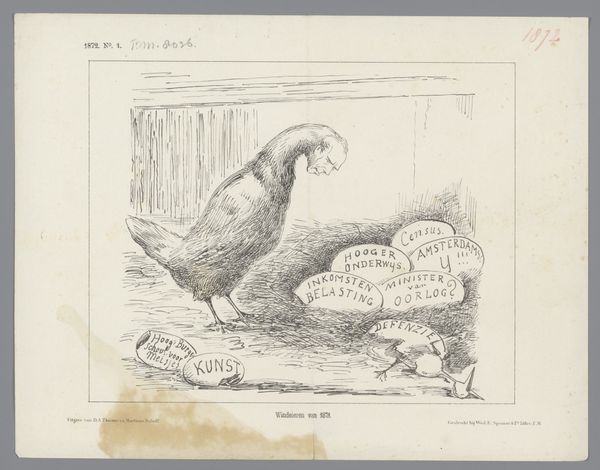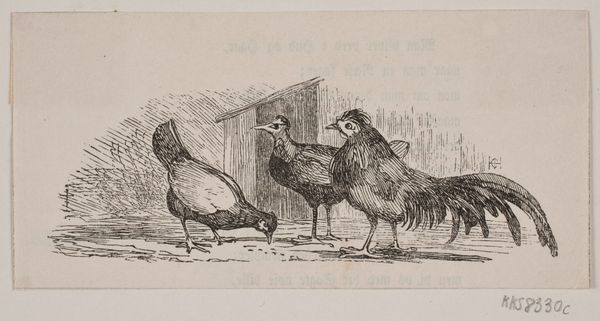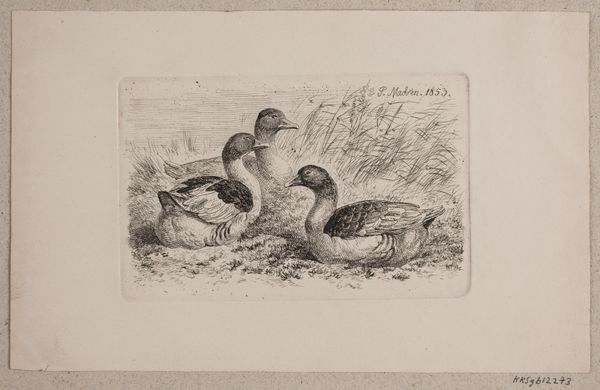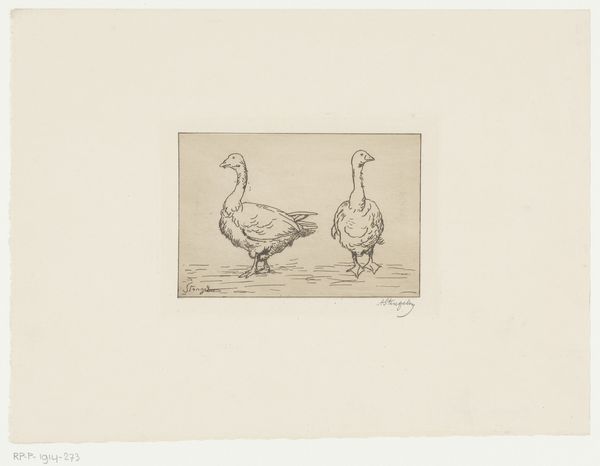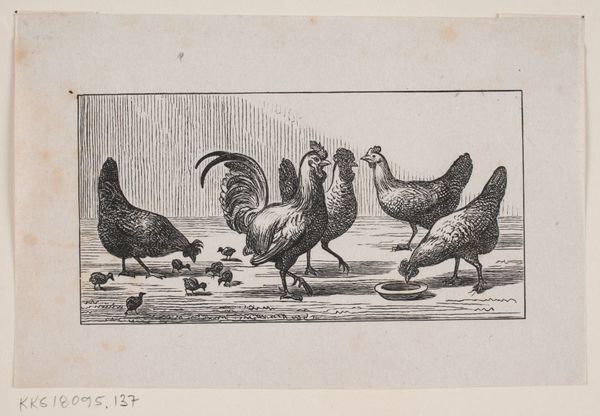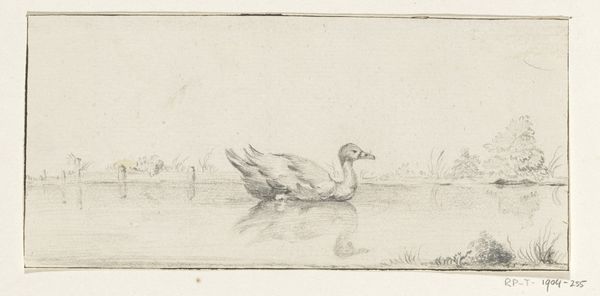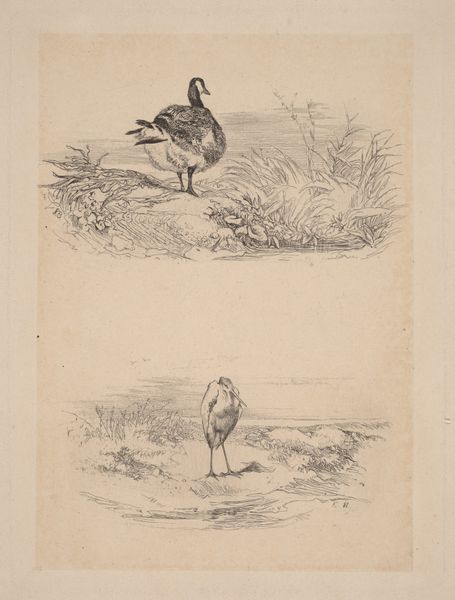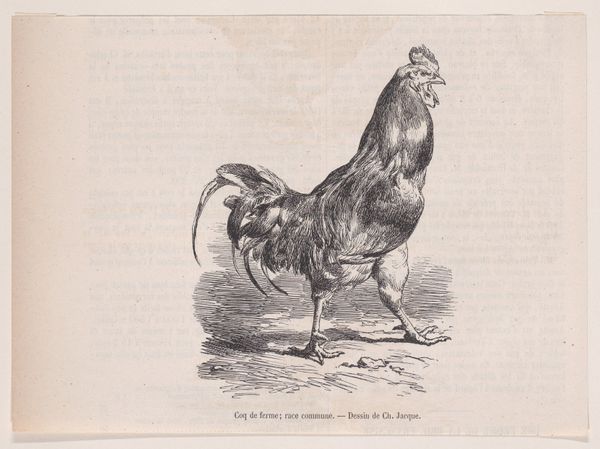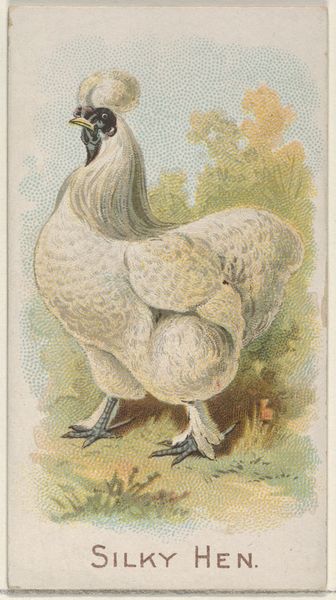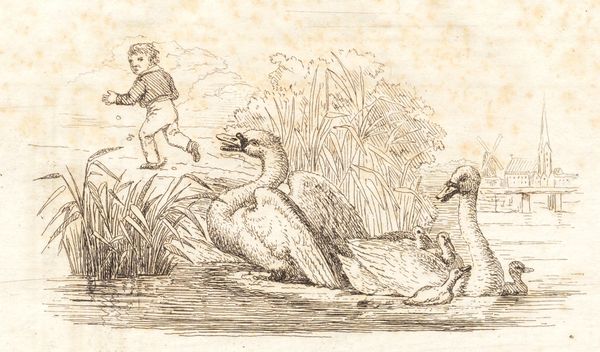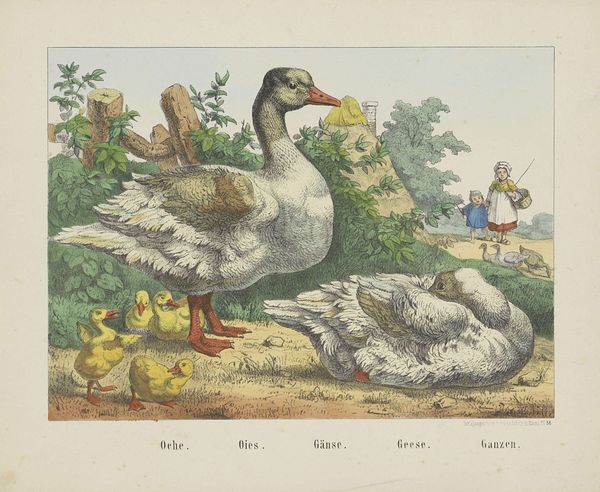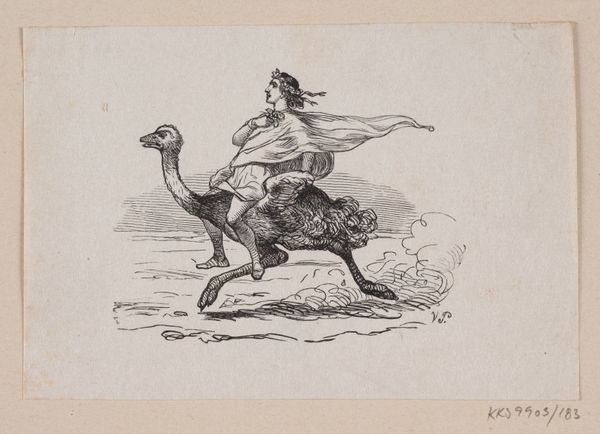
drawing, print, pencil
#
drawing
# print
#
caricature
#
pencil
#
genre-painting
Dimensions: Sheet: 11 3/4 × 17 7/16 in. (29.8 × 44.3 cm)
Copyright: Public Domain
Curator: This drawing, attributed to John Doyle, dating back to 1835, is called "The Goose of the Capitol Alias a Capital Goose!" The medium seems to be primarily pencil and possibly print. The original can be found here at the Met. What strikes you when you first look at it? Editor: Initially, I'm taken by the starkness, the monochrome palette creates an immediate sense of austerity. But then, this goose…with a distinctly human face…it disrupts everything. I detect a biting satire lurking just beneath the surface. Curator: Absolutely. The anthropomorphic goose is key here. Doyle crafted this image as political commentary, mocking what he saw as nonsensical political discourse dominating Parliament. Think of it as the 1830s equivalent of a modern political cartoon. The goose embodies a kind of foolish rhetoric. Editor: And see those figures in the background, with the speech bubbles. There’s a self-satisfied smugness to their expressions; what do their words suggest to you? Curator: I see their vapid agreement as representing the echo chamber that political debates can often devolve into – a kind of "yes-man" mentality perpetuating unproductive dialogue. What Doyle highlights is the utter vacuity of political language at the time, symbolized by the ludicrous image of a talking goose. Editor: This also begs the question, who does the goose symbolize? Does it indict a specific party, ideology, politician? Also, the Capitol! Does this evoke ancient symbols of the Capitol, for you? Curator: While the target wasn't just one politician or policy, there is a certain anti-establishment tone overall. Doyle appears to mock those in charge. Editor: Looking closer, I note the goose itself has an almost aggressive stance, its beak open as if mid-honk. Its placement looms largely in the foreground. Do you think this has more to do with societal or class conflict? Curator: It touches on that element, of course, as with anything associated with governance; though perhaps the most compelling through-line in this drawing has more to do with how politics often defaults to circular arguments. Doyle, a keen observer of his time, cleverly exploits animal symbolism here, blending absurdity with societal critique. Editor: For me, this piece acts as a visual shorthand. As we see even now, caricatures are powerful symbols and offer sharp commentaries. Curator: Right. Doyle wields his pencil as a sword here, challenging not just policies but the very nature of political engagement itself. Editor: Exactly. What resonates is how this almost two-century-old work makes us think deeply about the ways politics have not changed all that much.
Comments
No comments
Be the first to comment and join the conversation on the ultimate creative platform.
